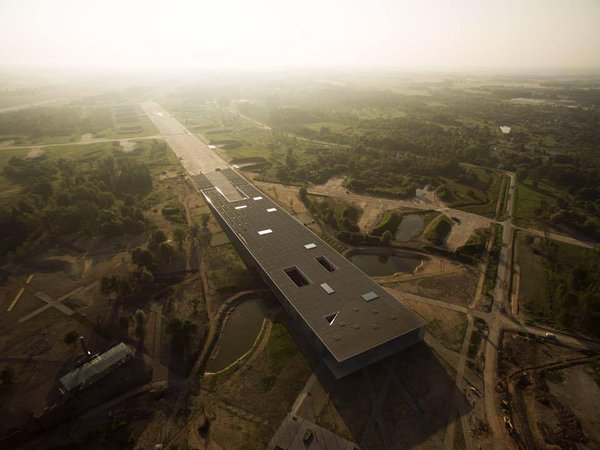History in the Making – Estonian National Museum's case
The conference: International Interdisciplinary Scientific Conference (De)Coded History in Architecture (Vilnius-Dubingiai, Lithuania), 12–14 May 2016
Decoded architecture reveals the creativity of an architect, taste of a customer, decision constructiveness of a foreman, and discloses trends and ideologies of the historic eras, changes, memory and other. The diachronic research of architecture and archeology, architectural plans and drawings, and iconographical sources decode hidden messages of the past political, intellectual, technical, social and everyday life dimensions. Meanwhile, the decryption of individual buildings or its complexes, through the examination of its artistic, technical and construction data, allows a researcher to create narration about the historic changes and the past of individual personalities, art works, locations, and crafts.
Overview of my presentation:
The opening of Estonian National Museum in 1909 was encouraged by similar institutions all over Europe and so it set its task to be the foremost collector and preserver of the mental and physical artefacts of Estonians. Until 2016 the museum was without its very own purpose-built home. An open international architectural competition was held in 2005, attracting 108 offices from 20 European countries to take part of it. The winning entry Memory Field by Dorell Ghotmeh Tane Architects (DGT) from Paris proposed to reappropriate a nearby former Soviet military base as the setting for the museum, thus the museum became a physical continuation of the airfield, while symbolically it manifested that memory – even the worst kind of memories like the Soviet occupation – is something one needs to actively deal with. The Memory Field certainly boasts a striking architectural idea, but architecture surely isn’t its only context. In fact – as an immensely loaded structure – it would make a perfect subject for nearly any field involved in the humanities.
ENM proposed me to write a proper book about the building. It’s not very often that a 25 000 word-long essay is written on a new building, in fact it’s nearly impossible to find any monographs on buildings younger than 10-20 years. In my paper I wish to share some of the theoretical issues regarding the relationship between architectural criticism and history I have faced while working on this essay.

Add a comment
Comments: 3